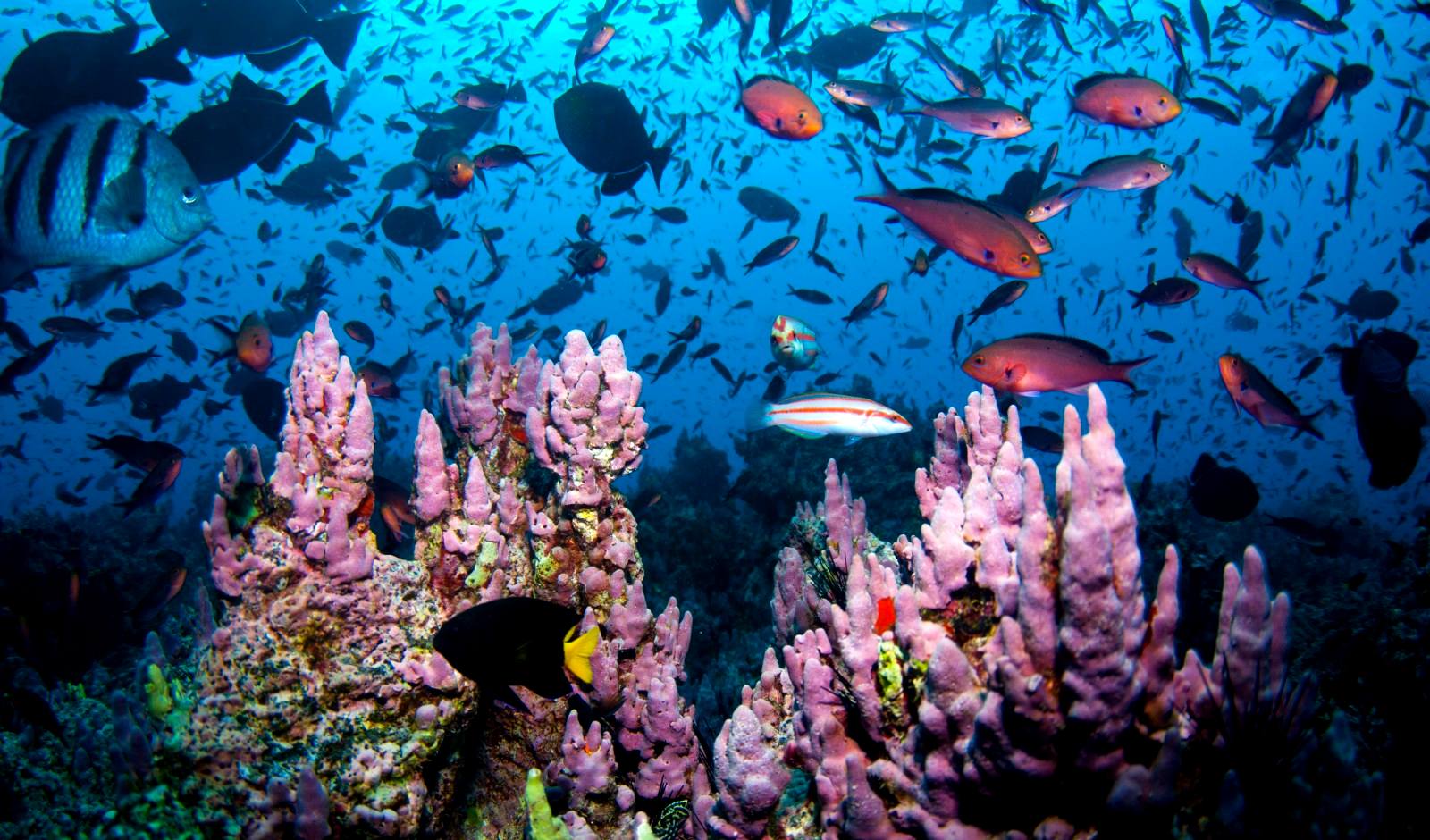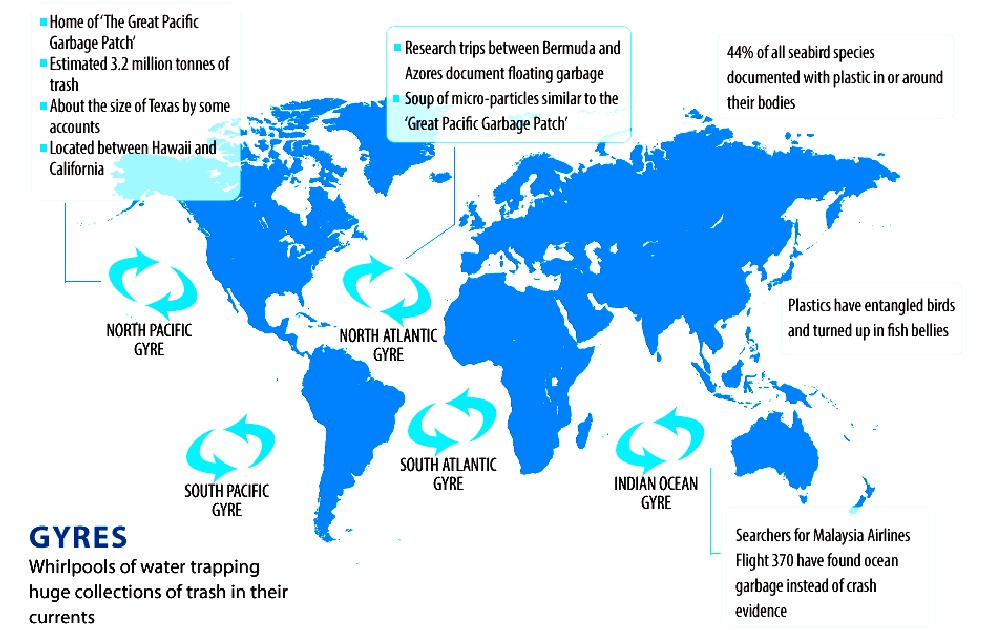|
COP 2 BIOLOGICAL DIVERSITY 1995 PLEASE USE OUR A-Z INDEX TO NAVIGATE THIS SITE
COP 2 The second ordinary meeting of the parties to the convention took place in November 1995, in Jakarta, Indonesia.
The Parties subsequently adopted decision II/10 on the conservation and sustainable use of marine and coastal biological diversity, supporting some of SBSTTA's recommendations, subject to additional conclusions by COP on the recommendations of SBSTTA 1 on scientific, technical and technological aspects of the conservation and sustainable use of marine and coastal biological diversity (as set out in annex I to decision II/10).
Decision II/10 provided guidance on the process to be utilized to develop a work programme on marine and coastal biological diversity, and on key substantive elements of the work programme. It also provided guidance to the Parties in relation to marine and coastal biological diversity, and provisions on cooperation with related conventions and relevant international and regional organizations. In particular, it requested the Executive Secretary to prepare for SBSTTA a study on the bio-prospecting of genetic resources of the deep seabed in consultation with the secretariat of UNCLOS II/10, paragraph 12.
The Ministerial Statement reaffirmed the critical need for the COP to address the conservation and sustainable use of marine and
coastal biological
diversity, and urged Parties to initiate immediate action to implement COP decisions on this issue Ministerial Statement.
The outcome of this meeting provided the basis for the elaboration by the Executive Secretary of a three-year programme of work on marine and coastal biological diversity. This programme of work was considered and amended by SBSTTA 3 recommendation III/2.
SUBSIDIARY BODY ON SCIENTIFIC TECHNICAL AND TECHNOLOGICAL ADVICE
The second meeting of the SBSTTA took place in Montreal, Canada, between 2 - 6 September 1996, some months after COP2 and one month ahead of the Conference of the Parties in Argentina in November.
PARTIES TO THE CONVENTION
As of 2016, the Convention on Biological Diversification had 196 parties, which includes 195 states and the European Union. All UN member states - with the exception of the United States - have ratified the treaty.
The United Nations is the link between other Conferences of the Parties to include Climate Change and Desertification. It is a bit confusing to have so many different conferences that deal with interconnected issues. In addition, each member state will have their own meetings on the subject to decide what their position will be at the COPs. We wonder then at the size of the carbon footprints so generated in relation to the effectiveness of the decisions - that at the moment do not appear to be working to stabilize our climate, stop deserts from being created, or protect the habitats of our species.
CONFERENCES OF THE PARTIES
The convention's governing body is the Conference of the Parties (COP), consisting of all governments (and regional economic integration organizations) that have ratified the treaty. This ultimate authority reviews progress under the Convention, identifies new priorities, and sets work plans for members.
(a) review of progress in implementation; (b) strategic actions to enhance implementation; (c) strengthening means of implementation; and (d) operations of the convention and the Protocols.
National Reports
MARINE & COASTAL BIODIVERSITY
There is broad recognition that the seas face unprecedented human-induced threats from industries such as fishing and transportation, the effects of waste disposal, excess nutrients from agricultural runoff, and the introduction of exotic species.
If we fail to understand both the vulnerability and resilience of the living sea, the relatively brief history of the human species will face a tragic destiny.
What's the Problem?
CONTACTS
Cristiana Pașca Palmer Secretariat of the Convention on Biological Diversity
BIODIVERSITY COP HISTORY
CLIMATE CHANGE UN COP HISTORY
DESERTIFICATION COP HISTORY
CONSERVATION RISK - Plastic has accumulated in five ocean hot spots called gyres, see here in this world map derived from information published by 5 Gyres. The plastic is laden with toxins that fish and marine mammals mistake for food and eat - eventually killing them. Marine pollution is thus a major challenge if we are to ensure that species are not wiped out.
LINKS & REFERENCE
https://www.cbd.int/meetings/SBSTTA-01 https://worldoceanreview.com/en/wor-1/marine-ecosystem/biodiversity/ https://www.cbd.int/executive-secretary/ https://www.cbd.int/marine/
This website is provided on a free basis as a public information service. copyright © Cleaner Oceans Foundation Ltd (COFL) (Company No: 4674774) 2019. Solar Studios, BN271RF, United Kingdom. COFL is a company without share capital.
|



